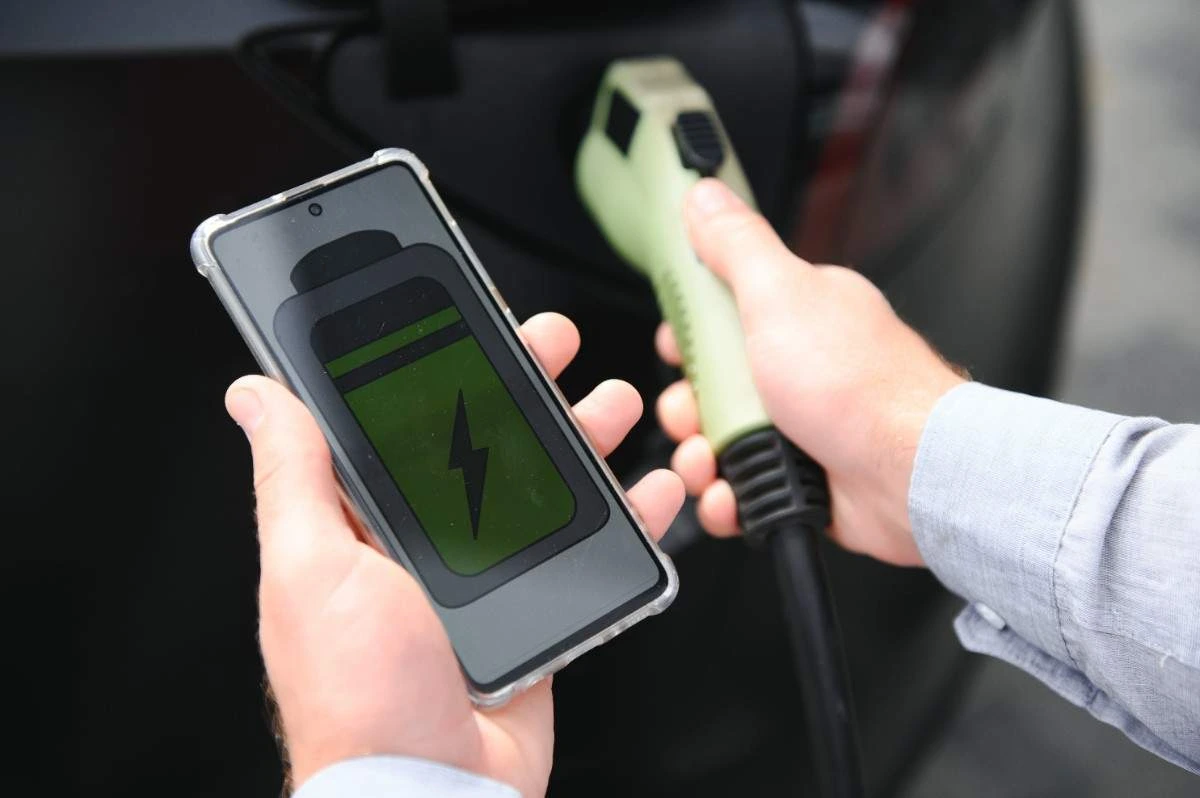The shift towards electric fleets (EVs) is not just a trend but a fundamental transformation in the fleet management landscape. As more businesses embrace sustainability, the adoption of electric vehicles is accelerating, driven by environmental goals, regulatory changes and the potential for long-term cost savings. Transitioning to electric fleets however, goes beyond just swapping out petrol and diesel vehicles—it requires a holistic rethinking of asset management, supported by robust charging infrastructure.
Why Electric Fleets Are Gaining Momentum
Fleet electrification is inevitable, with governments setting ambitious targets to reduce emissions. In the UK, for instance, the government plans to ban the sale of new petrol and diesel cars by 2030. British businesses are recognising that electric vehicles (EVs) offer significant long-term savings, thanks to lower fuel costs, reduced maintenance expenses, and exemptions from congestion and clean air zone charges across many cities.
In fact, a survey by The Fleet News EV Adoption Study revealed that over 60% of fleet operators in the UK plan to incorporate electric vehicles into their operations within the next five years. The environmental benefits, along with the steadily improving total cost of ownership (TCO) for EVs, are making the transition increasingly appealing for fleet managers.
The Crucial Role of Charging Infrastructure
A significant challenge for fleet managers transitioning to electric vehicles is the development of a suitable charging infrastructure. Unlike conventional vehicles that rely on easily accessible petrol stations, EVs require a network of charging points—both at depots and on the road. Without adequate infrastructure, even the best-laid electrification plans can be hampered by long charging times, range and inefficient routing.
Fleet operators need to consider several aspects when planning for charging infrastructure:
- Depot Charging: Installing chargers at fleet depots allows for overnight charging, ensuring vehicles start each day with a full battery.
- Public Charging Networks: While depots can serve as the main source of charging, access to a reliable public charging network is essential for long-distance journeys or unexpected detours.
- Fast Chargers vs. Standard Chargers: Fast chargers can power up vehicles quickly, but they may be more costly to install. Businesses need to evaluate their charging needs based on fleet size, route lengths and vehicle types.
The expansion of charging networks is already well underway. As of April 2024, there were61,232 electric vehicle (EV) charging devices in the UK, with this number expected to grow as demand increases. Fleet managers need to work closely with charging providers and invest in infrastructure that meets their operational requirements.
Optimising Vehicle Asset Management in the Electric Era
The rise of fleet electrification will require a fresh approach to vehicle asset management. Traditional vehicle management has focused on factors like fuel efficiency and mechanical wear and tear, but electric vehicles introduce new variables.
- Battery Health Monitoring: The battery is the most critical and costly component of an electric vehicle. Monitoring battery health, degradation rates and charging patterns will be key to extending the lifespan of electric assets.
- Energy Cost Management: With fuel costs being replaced by electricity consumption, fleet managers need tools to monitor and optimise charging times to take advantage of off-peak electricity rates.
- Route Optimisation for Range Efficiency: Electric vehicles have a shorter range than petrol or diesel vehicles, making efficient route planning essential to maximise operational efficiency and reduce downtime for charging.
Lifecycle Management: The transition to electric fleets may extend asset life cycles, as electric vehicles typically have fewer moving parts and require less maintenance.
Fleet management software will play a vital role in helping businesses manage these new challenges. The ability to track battery health, charging patterns, energy costs and vehicle usage will be essential for optimising fleet performance and ensuring a smooth transition to electric vehicles.
The Future of Fleet Management is Electric
As more businesses transition to electric vehicles, a well-defined fleet electrification plan, supported by fleet management software, is essential. Real-time data will become even more important, enabling fleet managers to monitor every aspect of their operations, from battery health to vehicle location and charging needs. The integration of telematics, predictive maintenance and charging optimisation tools will be crucial in ensuring that fleets remain efficient and cost-effective.
The future of fleet management will also see greater collaboration with charging infrastructure providers, energy companies and governments. Fleet operators will need to stay informed about government incentives, such as grants for EV purchases and tax breaks for installing charging infrastructure.
Ultimately, the shift to electric vehicles represents a major shift in how businesses approach vehicle asset management. Those that invest in the right tools, infrastructure and strategies today will be well-positioned to thrive in the green, electric future.
Get in Touch With Prolius
Ready to electrify your fleet and take advantage of cutting-edge fleet management software? Contact us to book a demo and discover how we can help you streamline operations, reduce costs and prepare for the future of electric vehicle management.
